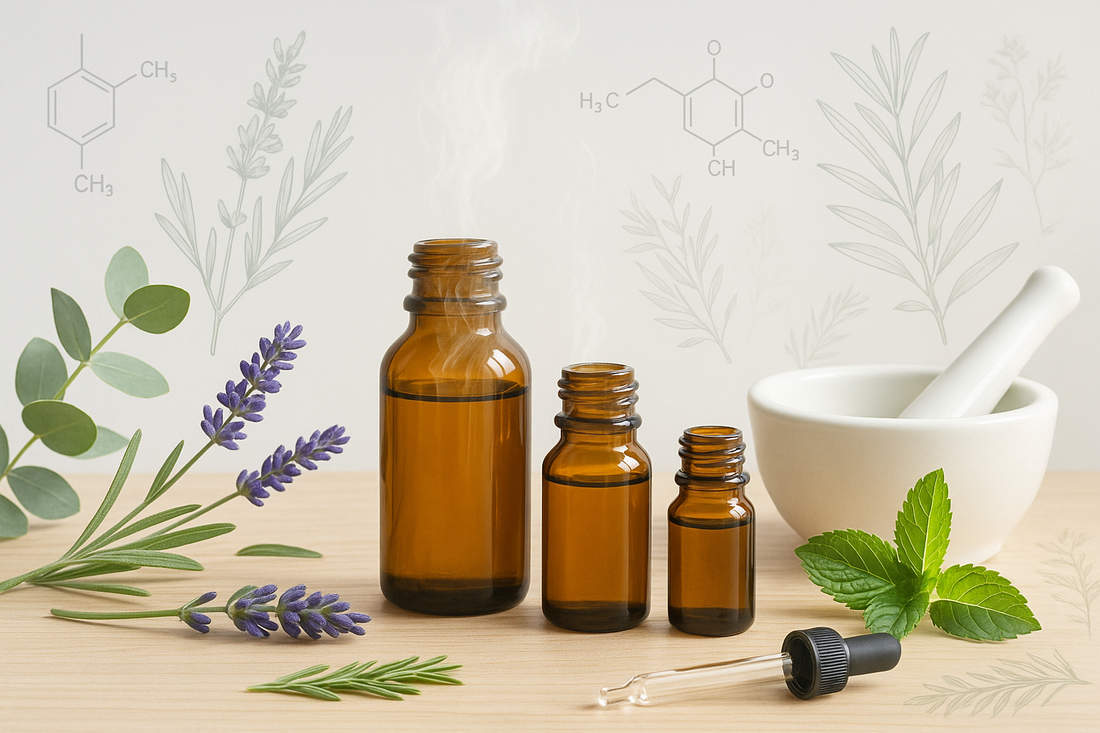
How Essential Oils Support the Body – Part 2
Share
In my previous post, I introduced some of the key ways essential oils can support the body — including analgesic, anti-inflammatory, antiseptic, and expectorant properties. Today, I’d like to continue this journey by sharing more of the therapeutic properties that make essential oils so versatile and help you understand the world of aromatherapy.
Each essential oil is made up of a variety of natural compounds, which together contribute to several different actions. No oil works in just one way — instead, they offer a spectrum of possible benefits depending on the situation, your condition, and how they are used. Below are some additional properties that are often considered in clinical aromatherapy.
Emmenagogues
These oils are traditionally associated with supporting menstrual flow and easing discomfort related to the cycle. They are sometimes chosen to help restore balance when the body feels sluggish or irregular.
Examples: Clary Sage, Sweet Fennel, Vetiver, Sage
Cicatrizant / Vulnerary
This refers to the ability to promote skin healing and regeneration, particularly for scars, wounds, or damaged tissue. By supporting the skin’s natural repair processes, these oils may also help maintain a smoother appearance and reduce the visible signs of ageing, such as fine lines or wrinkles.
Examples: Frankincense, Lavender, Geranium, Patchouli, Myrrh
Carminative / Digestive / Stomachic
These oils help to calm the digestive system, easing bloating, discomfort, or tension in the stomach. They may also support a sense of overall digestive comfort and balance.
Examples: Coriander seed, Tarragon, Clove bud, Cumin, Lemon
Lymphatic Stimulant/Decongestant
Some essential oils are thought to stimulate lymphatic flow and circulation, helping to reduce water retention, swelling, or that feeling of heaviness in the body. They are often used to support detoxification and encourage a greater sense of vitality.
Examples: Atlas Cederwood, Cypress, Palmarosa, Neroli, Scots Pine, Katafray
These properties show just how wide-ranging essential oils can be in their physical effects. When carefully selected and blended, they provide support that is tailored not just to symptoms, but to the individual as a whole.
In my next post, I’ll shift the focus from the body to the mind and emotions, exploring how essential oils can help with stress, mood, and mental clarity.
